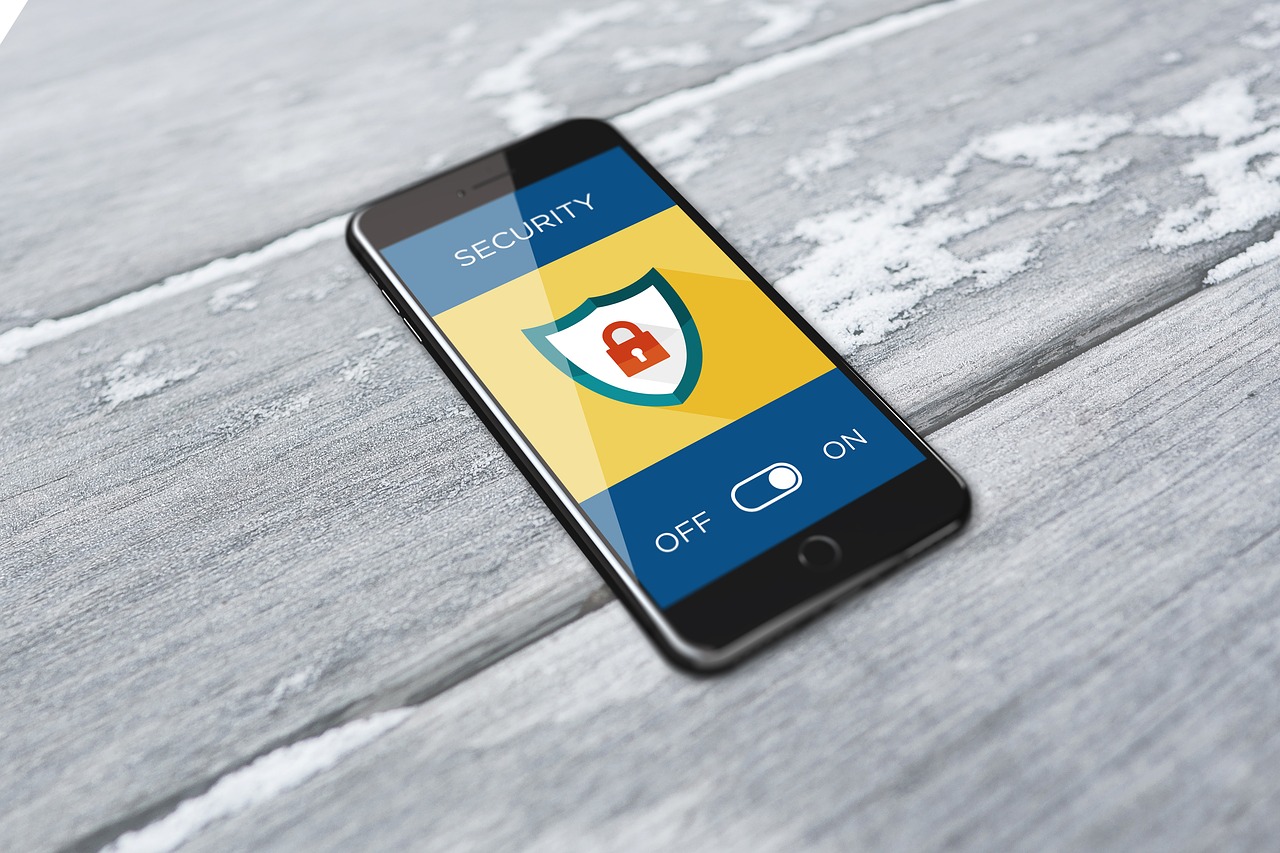There are billions of mobile devices – smartphones and tablets, in the world and tat number is increasing. Your smartphone or tablet contains a variety of personal and / or professional information about you, as well as those of people close to you. Unfortunately, an increasing number of sophisticated cyber criminals are targeting mobile devices,to extract your personal information and to use it maliciously.
Losing your mobile device,having it accessed without permission, or finding out it’s infested with malware can cause users distress and no small amount of money.
A recent survey for Checkpoint software showed that 20% of respondent companies had experienced at least one instance of their mobile devices being breached by an outside agent. Even more alarming – the fact that 25% of the respondents were not even aware an attack had taken place on their mobile devices. Fortunately, there are simple steps that you can do to protect those devices and the information on them.
Tips To Secure Mobile Devices
Here are 5 achievable tips you can use to secure your mobile device.
- Install an Anti-Virus (anti-malware) software
- Many phone users are not aware that some of the ways they use their mobile devices make them open or susceptible to attacks by cyber criminals. These non-technical users often benefit from the silent protection of an anti-virus (anti-malware) software.
- Among the top anti-malware brands are Trend Micro, AVG and Sophos Mobile Security. The software from these companies not only protects the mobile devices of non-technical people, they also have useful additional features such as data back-up and restore and often ‘where’s my phone’ functionality.
- Most of these off the shelf anti-virus apps also allow you to use the software as part of a trial license. In the case of an emergency, if you believe your phone has been hacked, you may need to run some tests. Their free versions are just as good as the paid ones. The free versions just come with ads while you use them and free windows for use often last only one month – after which, you will have to pay.
- Use the password, key-lock or fingerprint scanner feature of the mobile device
Almost all mobile devices have the basic security features you’ll need built in. Use them to prevent unauthorized access to your device as well as to establish it’s location in the event it is stolen. Some devices have facial recognition feature which offers the same advantages but is also, obviously, easier to use. - Use your phone’s built-in Mobile Device Management (MDM) features
MDM (Mobile Device Management) features allows you to connect with your lost mobile device as long as it in “ON” and has a cellular data connection.
Companies use MDM software to manage, monitor and secure the various mobile devices (smartphones, laptops, tablets) used by employees for job-related activities. It is usually the company’s IT department that manages the MDM. At the employee end, MDM software is usually installed in any and all employee-owned devices if they contain information about the company or organization.
You can get the MDM software from a number of application and service providers, from VMware to IBM and even from BlackBerry. - Regular update of the device’s operating system and patches
Users usually get a message that it’s time to upgrade your apps or operating system. You’ve almost certainly seen them yourself on your phone. These OS upgrade SMSs are not something you should never ignore.
Even the Federal Communications Commission (FCC) understands the importance of updating your phones’ built-in software – their site makes it clear you should upgrade regularly. Typically, the update is for free. You just authorize or download it.
What’s the significance of these updates? These updates are necessary because they include functionality improvements or they correct security loopholes that hackers can use to access your smart device without your knowledge. - Avoid the risks of public Wi-Fi and Bluetooth.
The general rule is never to connect to public Wi-Fi. However, if you can’t avoid it, never send sensitive information like passwords or carry out online banking transactions over public Wi-Fi. Or use a virtual private network (VPN) to improve security.
Turn off your Bluetooth if you are not using it. As you know, it creates a wireless connection between your phone and other devices you don’t know. It allows scammers to gain access to your mobile device. Don’t accept requests for Bluetooth connectivity from unknown devices.
Conclusion
Hackers have more incentives now, to keep on improving and extorting money from phone users than they ever have. Like many criminals, hackers are opportunists. They don’t want to waste time attacking a device that is difficult to penetrate. They’ll just move along to the next, who doesn’t have even these basic elements of mobile security in place.


